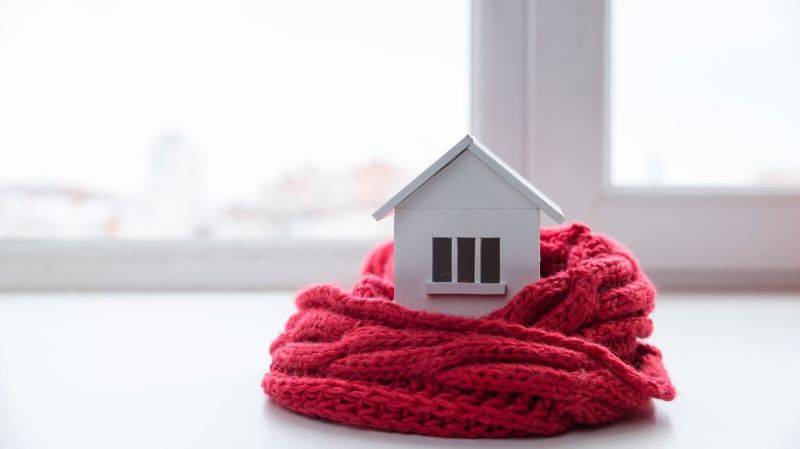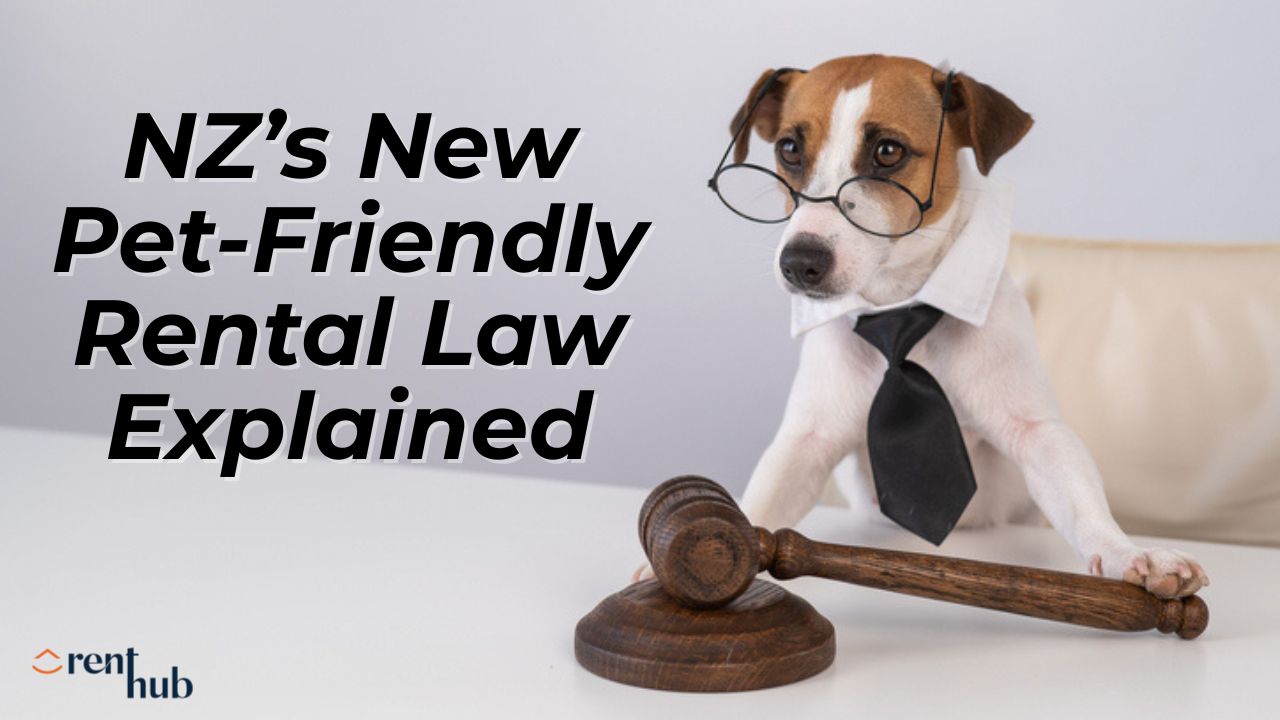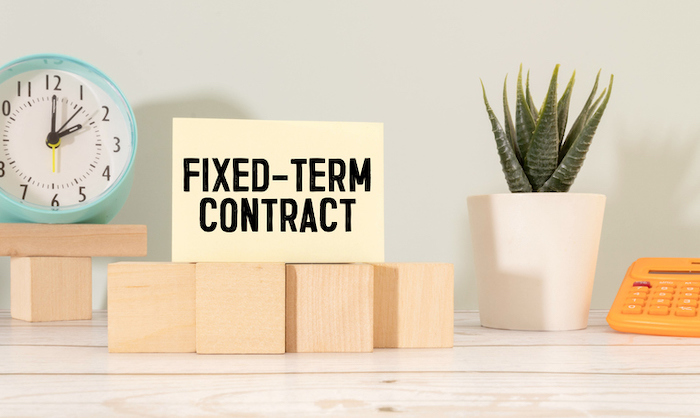In New Zealand there are around 600,000 rental properties, and research shows that rental properties are not as well looked after as owner occupied properties. There is a link between cold, damp, mouldy homes and health issues such as asthma and respiratory conditions.
To address these issues, the New Zealand government has introduced a Healthy Homes Standard. The regulations became law on 1 July 2019 and has given rental property owners two years (until July 2021) to bring their property up to scratch.
The aim of these standards is to provide warmer, drier homes and improve the quality of New Zealand rental properties.
If you currently own a rental property or you are thinking about owning one, read on to find out what you need to know about the Healthy Homes Standards.
Key dates for complying with the Healthy Homes Standards
From 1 December 2020
All new, renewed or varied tenancy agreements MUST include a signed statement stating the current level of compliance with the Healthy Homes Standards.
From 1 July 2021
If you are a private landlord, all new, renewed or varied tenancy agreements MUST comply with the Healthy Homes Standards.
What does a variation to a tenancy agreement mean?
A variation is a change to the tenancy agreement that both parties agree to. The change must be in writing and signed by both the tenant and landlord and also has to state what date the variation takes effect from.
The variation to the agreement can be either written in the body of the tenancy agreement or be on a separate document that gets attached to the tenancy agreement.
Both the landlord and tenant(s) must have a copy of this written variation.
A variation to the tenancy agreement will trigger compliance for Healthy Homes Standards and you as the landlord will then have to ensure that your rental property meets the standards within 90 days of the variation taking effect.
Is a rent increase a variation to the tenancy agreement?
A rent increase notice does not require a written variation or tenant signature, as it can be issued without the tenant’s prior agreement (as long as the notice complies with all legal requirements). As such this means a rent increase doesn’t trigger a variation to the tenancy agreement.
In some cases, you and your tenant may agree to increase the rent due to changes that benefit your tenant, for example, significant improvements to the property. In cases like this, the increase in rent would be a variation and will trigger compliance for Healthy Homes Standards.
From July 2021
All boarding houses (except Kāinga Ora (Housing New Zealand) and Community Housing Provider boarding house tenancies) must comply with the healthy homes standards.
From 1 July 2023
All Kāinga Ora ( Housing New Zealand) houses and registered Community Housing Provider houses must comply with the healthy homes standards.
From 1 July 2024
All rental homes must comply with the healthy homes standards.
So as a rental property owner what do you need to do to ensure your rental property is Healthy Homes compliant?
The healthy homes standards cover minimum requirements for:
✔ Heating
✔Insulation
✔Ventilation
✔Moisture ingress and drainage
✔Draught stopping.
Heating
The main living room in every home must have a fixed heating device that can heat the room to at least 18°C. To clarify, the ‘main living room’ is the largest living area. Click here to use the online heating tool developed by Tenancy Services to help identify what capacity heater is required for your rental property.
Some heaters are considered inefficient, unaffordable to operate or unhealthy so won’t meet the standards (e.g. LPG bottle heaters, open fires and electric heaters (not heat pumps) with heating capacity more than 2.4kw.
If a heater was installed before 1 July 2019 as long as the heating capacity is within 10% of the kilowatts required, the device will meet the standard.
Click here to read more about the heating requirements
Insulation
A well-insulated home can help towards controlling condensation and reduce the likelihood of mould. It will also make it easier for the home to retain its heat. A dry house result in a warmer one.
The minimum level of ceiling and underfloor insulation must either meet the 2008 Building Code, or (for existing ceiling insulation) have a minimum thickness of 120mm and comply with the R-Value in your area. Existing insulation must be in a reasonable condition with no dampness, damage or displacement.
Click here to read more about the insulation requirements
Ventilation
Each liveable space in the property must include openable windows in each habitable space to ensure proper ventilation. The windows must comprise at least 5% of the floor area of that space.
In areas such as the kitchen and bathroom, there must be an appropriately sized extraction fan or rangehood.
Click here to read more about the ventilation requirements
Moisture Ingress and Drainage
Rental properties must have efficient drainage for the removal of stormwater, surface water and groundwater, including an appropriate outfall. The drainage system must include gutters, downpipes and drains for the removal of water from the roof so that all the water has a place to go that won’t damage the property.
If the rental property has an enclosed subfloor, a ground moisture barrier must be installed if it is reasonably practicable to do so which will stop moisture rising into the home.
Click here to read more about the moisture ingress requirements
Draught Stopping
Rental property owners must make sure the property doesn’t have unreasonable gaps or holes in walls, ceilings, windows, skylights, floors and doors which cause noticeable draughts. As a guideline an example of unreasonable gaps could be a gap large enough to fit a $2 coin or doors that don’t shut properly.
Does your rental property have any open fireplaces?
Under Healthy Homes regulations, a fireplace is required to be blocked unless your tenant has requested that it be left open and you agree to this. If it is agreed both the request and the consent must be in writing.
Click here to read more about draught stopping
Exemptions to the Healthy Homes Standards
In some situations, your property may be exempt from complying with the Healthy Homes Standards or parts of the standards.
To find out if your property is exempt click here.
How do I find out more?
To keep up to date with important information regarding legislation changes that affect landlords and tenants, including the healthy homes standards you can:
• Visit the Ministry of Housing and Urban Development website
• Visit the Tenancy Services website
What if I still have questions?
If you have a question relating to the healthy homes standards that you cannot find an answer to, you can email the Ministry of Housing and Urban Development at healthyhomes@hud.govt.nz.
Tenancy Services can provide clarification around tenancy rules and laws. You can email them at info@tenancy.govt.nz.
Also feel free to email us on office@tenthub.nz with any questions you may have and we would be more than happy to answer them for you.



